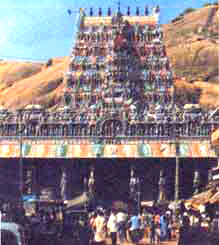 While most people visit Agra to see the Taj Mahal, Agra, once the capital of all of India, has more to offer. Less than 2 kilometers from the Taj Mahal, on the same river bank, you’ll find the impressive Agra Fort. The Agra Fort has won the Aga Khan Award for Architecture in the year 2004 and India Post has issued a Stamp to commemorate this prestigious award on 28.11.2004.
While most people visit Agra to see the Taj Mahal, Agra, once the capital of all of India, has more to offer. Less than 2 kilometers from the Taj Mahal, on the same river bank, you’ll find the impressive Agra Fort. The Agra Fort has won the Aga Khan Award for Architecture in the year 2004 and India Post has issued a Stamp to commemorate this prestigious award on 28.11.2004.It is the most important fort in India. The great Mughals Babur, Humayun, Akbar, Jehangir, Shah Jahan and Aurangzeb lived here, and the country was governed from here. It contained the largest state treasury and mint. It was visited by foreign ambassadors, travellers and the highest dignitaries who participated in the making of history in India.
The fort is built alongside the Yamuna river and stretches almost 2.5 km. It consists of a wall built in red sandstone and several buildings inside. The wall has 2 gates, the Delhi Gate and the Amar Singh Gate. You can only enter the fort via the Amar Singh Gate.
After going through the gate you walk over a ramp and enter the Great Courtyard. On the right hand sight, there’s the many pillared Diwan-i-Am (Hall of Public Audience). It was built by Shah Janan in 1628.
Further you find the Royal Pavilions. It contains beautiful mosques (Nagina Masjid & Mina Masjid), palaces (Macchi Bhavan, Khas Mahal, Shish Mahal, Shah Jahani Mahal) and the Zenana Mina Bazaar.
Several of the buildings are made of pure marble with beautiful carvings. To cool off the rooms in the marble pavilions, the walls were hollow and filled with running water. From the balconies in the pavilions, you have a nice view on the Yamuna river
and the Taj Mahal.








